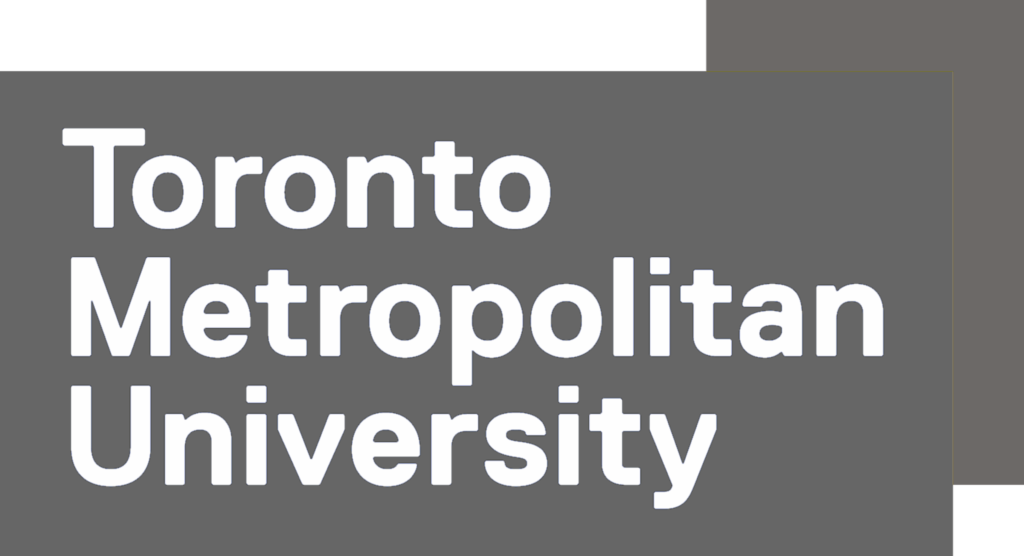For many of us, work represents a significant part of our lives. Not only do we spend half of our time at work, but we also tend to invest personal resources and efforts to accomplish our professional responsibilities, develop meaningful relationships with colleagues, and construct our sense of identity on what we do.
In the past few decades, organizational and management research has focused on the impacts of absenteeism and implement measures to prevent it, such as rewarding satisfactory attendance and reinforcing policies to justify absences. Combined with a social context that values performance and being seen positively by peers, these measures can influence employees’ decisions to go to work or not. In return, another attendance behavior has been a subject of interest more recently: presenteeism.
Defined as going to work while being sick, presenteeism is now known to be a widespread phenomenon among workers. It is estimated that more than 60% of employees report having worked while their health was not optimal, having different impacts for organizations and their members.
Impacts of presenteeism for organizations
By reducing employees’ efficiency, presenteeism also generates productivity losses for organizations, which are estimated to be higher than those produced by absenteeism. It is estimated that presenteeism costs, on average, $255 annually per employee of a single organization, and its productivity losses can cost between $150 – $180 billion dollars per year (Goetzel et al., 2004; Hemp, 2004). Some authors argue that organizational culture and policies that promote presence at work can then have the impact of developing presenteeism, and therefore, is very costly.
Impacts of presenteeism for employees
Presenteeism represents a risk factor for workers’ physical and mental health.
- Going to work while being sick can put others at risk by contributing to the transmission of infectious diseases.
- This attendance behavior has been associated with different health difficulties, such as burnout, depression, anxiety, and chronic pain.
- Presenteeism is also associated with the worsening of physical and psychological symptoms, and by delaying the recovery process, it can eventually lead to more absences.
- Not respecting our need to stay at home and to take care of our health can also impact our productivity or sense of accomplishment at work, and therefore leading to a diminished sense of work engagement and job satisfaction.
In summary, even though absences from work can hurt an organization, going to work while being ill also can provoke real consequences for both the organization and its employees. It is, therefore, important to recognize signs of suboptimal health and to promote self-care in and outside the workplace. Psychotherapy can be a great place to start to learn how to identify our warning signs, how to assert our needs, and develop acceptance of our limits – and then optimize your health!
Dr. Karine Côté, D.Psy., C.Psych. is a psychologist at the Centre
References
Goetzel, R. Z., Long, S. R., Ozminkowski, R. J., Hawkins, K., Wang, S., & Lynch, W. (2004). Health, absence, disability, and presenteeism cost estimates of certain physical and mental health conditions affecting U.S. employers. Journal of Occupational and Environmental Medicine, 46(4), 398-412. https://doi.org/10.1097/01.jom.0000121151.40413.bd
Going to work while being sick – not always the best policy (part 1)Hemp, P. (2004). Presenteeism: At work—But out of it. Harvard Business Review, 82, 49-58. Retrieved on https://hbr.org/2004/10/presenteeism-at-work-but-out-of-it

